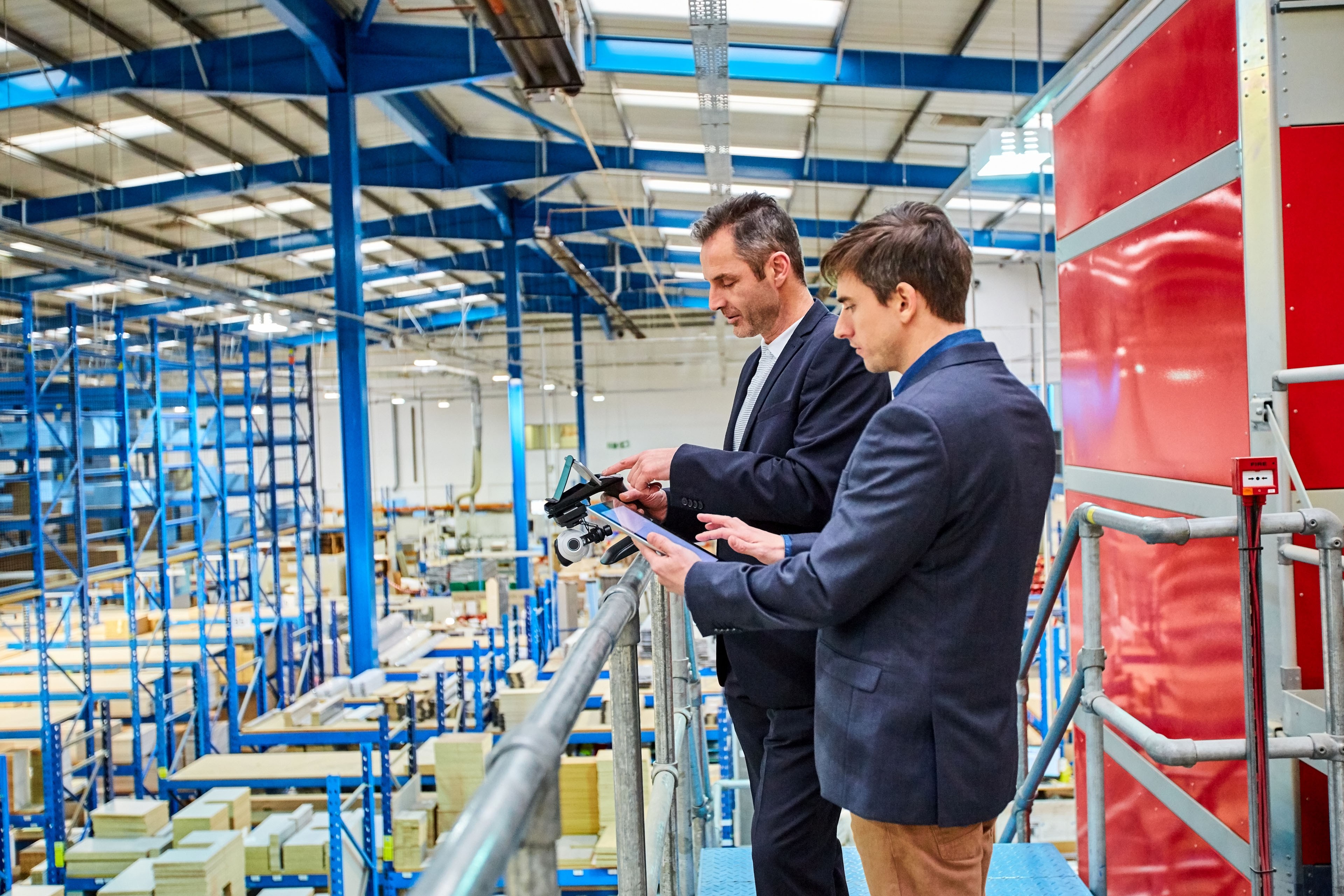EY refers to the global organization, and may refer to one or more, of the member firms of Ernst & Young Global Limited, each of which is a separate legal entity. Ernst & Young Global Limited, a UK company limited by guarantee, does not provide services to clients.
How EY can Help
-
Our Organization and Workforce Transformation solution can help build workforce capabilities needed to realize organizational strategy. Read more.
Read more
Leading with emotion
The first of those six drivers is acquiring the right leadership skills. It always starts with the leader and their position as a role model. But often leaders are placed in their position because they excel technically, which means they can manage but not lead - they show sufficient IQ, but underestimate the necessary EQ. That makes them blind to what their people go through in terms of emotions on a daily basis. And in transformation projects, those emotions are usually positive in the early stages, until they take an inevitable dip - because we are creatures of habit, who always face some form of stress when change occurs, often coupled with a higher workload demanded by the project. People experience a realization of the seriousness of the situation, leading to the dip.
At that critical juncture, effective leaders utilize emotional connection to reverse the downward spiral and elevate the success curve. Failure to do so will result in a continued descent until the curve flatlines. Fortunately, emotional intelligence can be cultivated through proper training, which many leaders have not had the opportunity to receive. Ultimately, strong leadership is the glue that holds all the drivers of success together, making leader training a highly worthwhile pursuit.
The second driver is the presence of a clear Pole Star, which refers to an inspiring vision that is supported by all individuals in the organization and motivates them to follow. In this aspect, the leader plays a vital role in articulating the underlying vision or purpose of a transformational initiative and disseminating it widely among team members. When the vision becomes deeply ingrained in the organization, it can act as a guiding light, driving and unifying all stakeholders towards achieving common goals.
The third driver is culture. During a transformation project, it's essential to recognize the shift in mindset that's required. To fully embrace this change, it's crucial to establish activities that promote engagement, feedback, and psychological safety, allowing everyone to express their thoughts and opinions openly. It's important to pause periodically and reflect on the progress made so far. Listening to feedback and taking action is critical. Additionally, involving change ambassadors, early adopters, and influencers is necessary since they can have a significant impact on the success of the project. Sometimes, even the most vocal critic can become the most ardent supporter of the initiative.
In addition, fostering a collaborative and co-creative culture is crucial in ensuring the success of the change. It is important to avoid imposing the change from the top-down and instead, allow it to be driven from the bottom-up. This is the fourth driver. By involving people in the change process, they will feel empowered to shape their own future and contribute to building it effectively.














